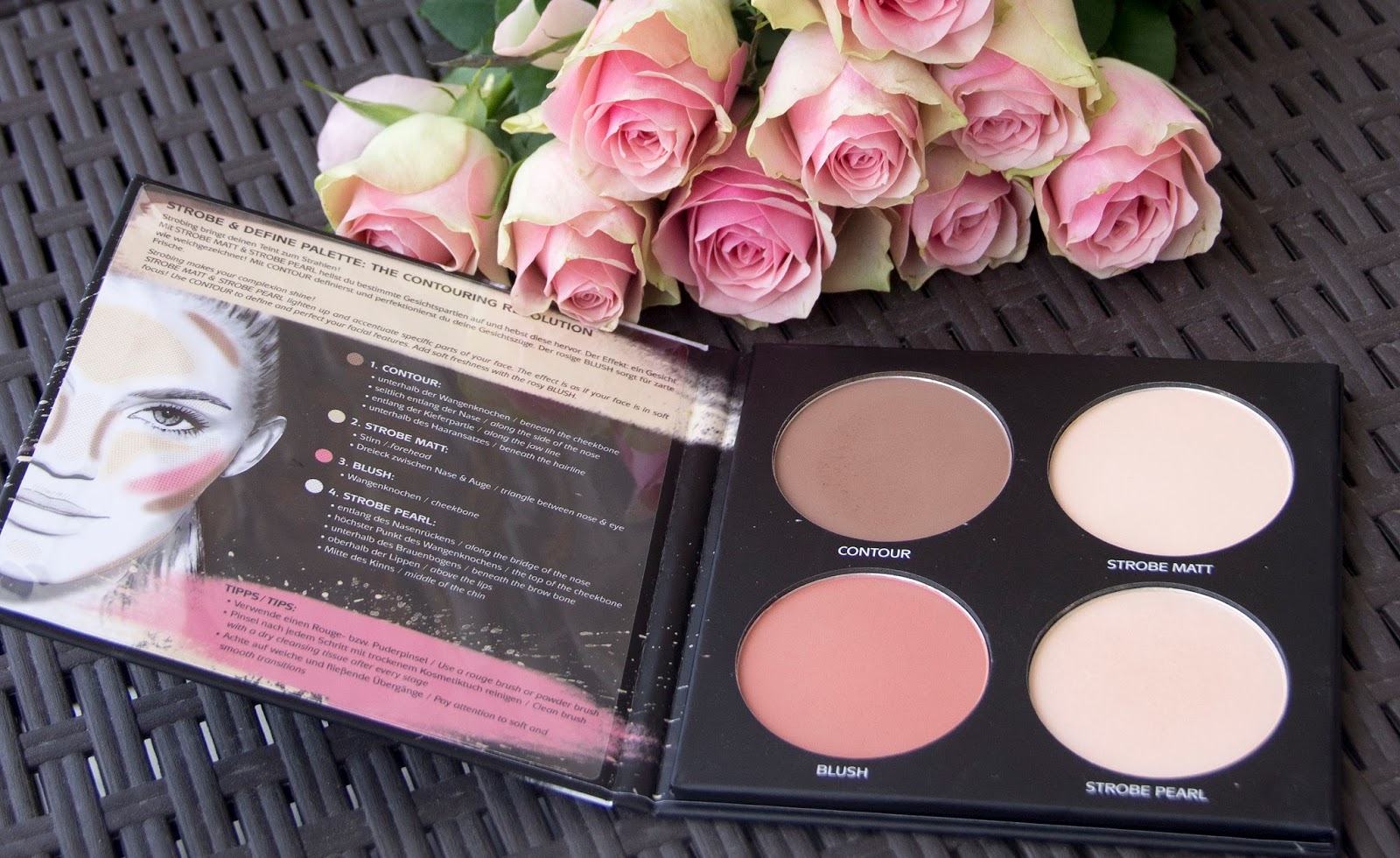Understanding Strobe Lights: Definition, Types, And Applications
Strobe lights have become an integral part of various industries, serving diverse purposes ranging from entertainment to safety. In this article, we will define strobe lights, explore their types, and discuss their applications in different fields. Whether you are a professional in the industry or simply curious about how strobe lights work, this comprehensive guide will provide valuable insights.
Strobe lights, also known as stroboscopes, are devices that emit short bursts of light at regular intervals. These lights are often used to create visual effects in photography, film, and stage performances. However, their uses extend far beyond entertainment; they are also crucial in emergency signaling and safety applications. Understanding strobe lights involves exploring their mechanisms, variations, and practical uses in our daily lives.
In the following sections, we will delve deeper into the definition of strobe lights, the different types available, and their significance in various sectors. By the end of this article, you will have a thorough understanding of strobe lights and their relevance in today’s world.
Table of Contents
- 1. Definition of Strobe Lights
- 2. Types of Strobe Lights
- 3. Applications of Strobe Lights
- 4. How Strobe Lights Work
- 5. Advantages of Using Strobe Lights
- 6. Considerations When Using Strobe Lights
- 7. Safety Precautions with Strobe Lights
- 8. Conclusion
1. Definition of Strobe Lights
Strobe lights are specialized lighting devices that produce intense flashes of light at regular intervals. These flashes can be very brief, often lasting only a fraction of a second. The primary characteristic of strobe lights is their ability to create a rapid series of light bursts, which can produce a freezing effect on moving subjects or create dynamic visual displays.
2. Types of Strobe Lights
There are several types of strobe lights, each designed for specific functions and industries. Understanding these types can help you choose the right strobe light for your needs.
2.1. Strobe Lights in Photography
In photography, strobe lights are used to illuminate subjects, especially in studio settings. These lights can be synchronized with the camera shutter to produce high-quality images.
- Types of photography strobe lights include:
- Monolights
- Pack and head systems
- Speedlights
2.2. Strobe Lights for Emergency Signaling
Strobe lights are widely used in emergency signaling to alert individuals of danger or to guide them in emergency situations. They are commonly found on emergency vehicles, warning signs, and in public spaces.
- Types of emergency strobe lights include:
- LED strobe lights
- Xenon strobe lights
- Flashing beacons
3. Applications of Strobe Lights
Strobe lights have a variety of applications across different industries. Here are some notable uses:
- Entertainment: Used in concerts, nightclubs, and theatrical productions to create dramatic effects.
- Photography: Essential for creating well-lit images in various settings.
- Safety: Employed in emergency vehicles and signaling systems to warn of hazards.
- Industrial: Utilized in factories for machine signaling and safety alerts.
4. How Strobe Lights Work
The mechanism behind strobe lights involves the rapid discharge of electrical energy to produce a bright flash of light. This process can be broken down into several steps:
- Charging: The light is charged using a capacitor.
- Discharge: The stored energy is released to create a flash.
- Recharging: The capacitor recharges to prepare for the next flash.
5. Advantages of Using Strobe Lights
Using strobe lights comes with several advantages, including:
- High visibility: Strobe lights are easily seen even in bright daylight.
- Energy efficiency: Many modern strobe lights use LED technology, which consumes less power.
- Durability: Strobe lights are designed to withstand harsh conditions.
6. Considerations When Using Strobe Lights
When selecting and using strobe lights, several considerations should be taken into account:
- Brightness: Ensure the strobe light is bright enough for its intended purpose.
- Color: Different colors can convey different meanings, especially in emergency situations.
- Mounting: Consider how and where the light will be installed.
7. Safety Precautions with Strobe Lights
Safety is a critical aspect when working with strobe lights. Here are some important precautions:
- Avoid direct eye exposure to the light.
- Ensure proper installation to prevent accidents.
- Follow manufacturer guidelines for use and maintenance.
8. Conclusion
In conclusion, strobe lights play a vital role in various applications ranging from photography to emergency signaling. Understanding their definition, types, and applications can help individuals and professionals make informed decisions when utilizing these devices. If you found this article informative, feel free to leave a comment, share it with others, or explore more articles on our site.
Thank you for reading, and we hope to see you back for more insightful articles in the future!
Article Recommendations
- High Protein Smoothies Without Protein Powder
- Anant Real Name
- Shota Imanaga
- Banking Associate
- Squealers Restaurant
- Barron Trump Height In Feet
- Craig Smith
- Rusty Scupper Restaurant Baltimore
- Tudor Women S Fashion
- Elavil And Alcohol

